Gangnam (강남)
9.3Km 2024-03-12
Yeoksam-dong, Gangnam-gu, Seúl.
El área cercana a la Estación de Gangnam es el centro del tráfico en el sur del río de Hangang, en Seúl. La avenida Gangnam-daero une la avenida Teheran-ro y el área de Jamsil (en la zona este) con el área de Sadang (en el oeste). El cruce donde se encuentra la Torre Kyobo conecta la Terminal de Autobuses Expresos de Seúl con la zona occidental de la ciudad (Noryangjin, etc.). Hacia el sur, pasando el área de Yangjae, se llega a la ciudad vecina de Seongnam.
La Estación de Gangnam es un punto estratégico para el transporte y el comercio, como así también el ocio y la vida nocturna, donde se congregan muchas personas en encuentros sociales y otros tipos de eventos. En los días laborables, el área de Gangnam suele estar muy concurrida durante las tardes. Las salidas 10 y 11 de la Estación de Gangnam llevan a muchos sitios de ocio en los alrededores, incluyendo teatros, centros comerciales de moda, cines y librerías.
Samsung D’light (삼성 딜라이트)
9.3Km 2023-04-18
Seocho-daero 74-gil 11, Seocho-gu, Seúl.
Situado en el edificio de Samsung Electronics de Seocho-dong, Samsung D'light es un espacio global de exhibición que muestra los productos de Samsung Electronics. Los visitantes incluso pueden tener experiencias relacionadas con emociones e ideas diversas.
Aank Hotel Yeongdeungpo (아늑호텔 영등포점)
9.4Km 2025-04-25
10, Yeongjung-ro 10-gil, Yeongdeungpo-gu, Seoul
Casino Seven Luck en COEX de Gangnam (세븐럭카지노(강남코엑스점))
9.4Km 2023-08-04
Teheran-ro 87-gil 58, Gangnam-gu, Seúl.
El Casino Seven Luck se ubica en Seúl en el complejo comercial COEX de Gangnam. Presenta un diseño típicamente coreano muy elegante y posee instalaciones tecnológicas de última generación. Tiene una superficie de más de 6.000 m2 y se enorgullece de contar con 82 mesas de juego, 121 máquinas de juego de tecnología de punta y además hay ruletas, sitios para jugar al bacará, el póquer caribeño y tragamonedas, entre otras. En el casino podrá disfrutar de una amplia gama de juegos, el blackjack, el bacará, el taisai, la ruleta, el póquer caribeño, máquinas tragamonedas, etc. Como se encuentra en Gangnam, uno de los centros de actividad de la ciudad de Seúl, con hoteles, tiendas de Duty Free, cines y sitios de entretenimiento, es ideal para combinar con salidas turísticas y de compras.
Tumbas Reales Seooreung en Goyang (고양 서오릉) [Patrimonio Cultural de la Humanidad de la Unesco]
9.4Km 2025-10-30
Seooreung-ro 334-32, Deogyang-gu, Goyang-si, Gyeonggi-do.
En este lugar se encuentran los siguientes túmulos: Gyeongneung (correspondiente al rey póstumo Deokjong y su reina Sohye), Changneung (octavo rey de Joseon Yejong y su reina Ansun), Hongneung (reina Jeongseong, esposa del rey Yeongjo), Ikneung (reina Ingyeong, correspondiente al rey Sukjong) y Myeongneung (rey Sukjong, su primera esposa, la reina Inhyeon; y la segunda esposa, la reina Inwon). Después de Dongguneung, Seooreung es el complejo de tumbas reales más grande de la dinastía Joseon. La denominación que se le otorgaba a las tumbas reales de la dinastía Joseon varía según la jerarquía; los del rey y de la reina son llamados neung o reung, los de los padres del rey y príncipes son won, y de las hijas son llamados myo.
Aparte de los mencionados, también se encuentran enterrados otros miembros de la realeza; el túmulo Sunchangwon, donde descansan los restos del príncipe Sunhoe Seja (hijo mayor del decimotercer rey, Myeongjong) y su princesa Gonghoebin, el túmulo Sugyeongwon (correspondiente a la concubina del rey Yeongjo, vigersimoprimer rey de Joseon), Yeonghoewon (sepulcro de Minhoebin, la princesa del príncipe Sohyeon Seja, el hijo mayor del rey Injo, decimosexto rey de Joseon), y, recientemente, también se ha trasladado la tumba de Janghuibin, concubina del rey Sukjong (decimonoveno rey de Joseon), y madre del rey Gyeongjong, de quien se cuentan varias anécdotas históricas.
Centro Universal de las Artes (유니버설아트센터)
9.4Km 2021-11-12
Cheonho-daero 664, Gwangjin-gu, Seúl.
El Centro Universal de las Artes Universales fue inaugurado en noviembre del año 1981 bajo el nombre Centro de Artes Interpretativas Little Angels. Durante un total de 20 años, ha ofrecido espectáculos culturales y funciones interpretativas, de tal manera que ha colaborado en gran sentido en el desarrollo de la industria cultural y artística de Corea. La edificación tiene un estilo moderno y clásico, con una altura de 4 pisos, y una dimesión amplia que abarca alrededor de 1.200 asientos. Se ha instalado como un complejo cultural y artística, en donde se han realizado grandes eventos y espectáculos: el ballet “Matthew Bourne's Nutcracker”, el musical “Saturday Night Fever", el musical “Nonsense”, la ópera “Yi Sun-shin”, el “Premio de Arte de Baeksang”, un concurso de modelos, etc. El Centro Universal de las Artes se está esforzando para mejorar el ambiente de intercambio cultural tanto del Oriente como del Occidente, y para el desarrollo del arte coreano.
Seonungak (한옥카페 선운각)
9.4Km 2024-08-12
223 Samyang-ro 173-gil, Gangbuk-gu, Seoul
Dooly Museum (둘리뮤지엄)
9.4Km 2025-03-27
Sirubong-ro 1-gil 6, Dobong-gu, Seúl
Taerim Sanchaejeongsik (태림 산채정식)
9.5Km 2024-11-29
32, Nohae-ro 60-gil, Dobong-gu, Seoul
+82-2-998-5468
This restaurant is famous for its dishes of wild vegetables, Deodeok and roots of balloon flowers.
Grilled sliced pork comes with Table d’hote of assorted wild vegetables and grilled Deodeok, and is also very tasty. Water kimchi made from mineral water is deliciously spicy as well.
*Best Korean Restaurant as designated by The Seoul Metropolitan Government
Feria de Ilustración de Seúl (서울일러스트레이션페어)
9.5Km 2025-12-09
Yeongdong-daero 513, Gangnam-gu, Seúl
02-2602-8602
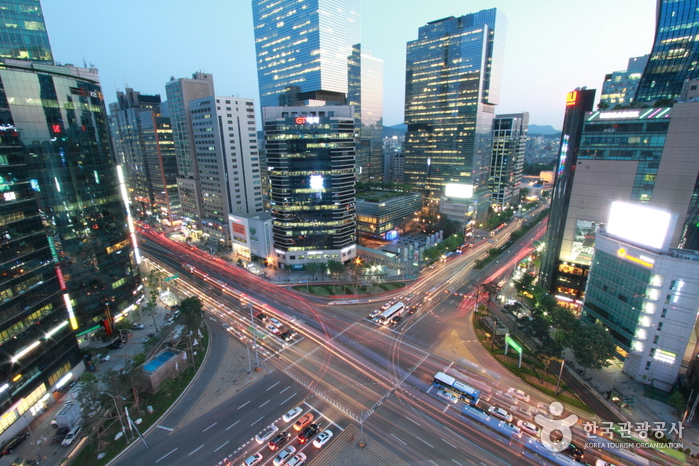

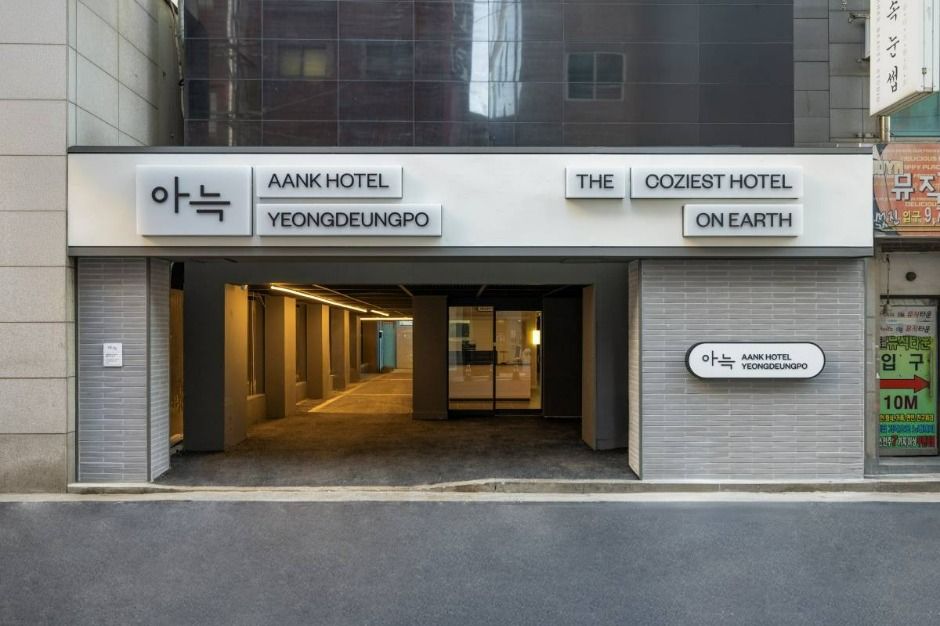
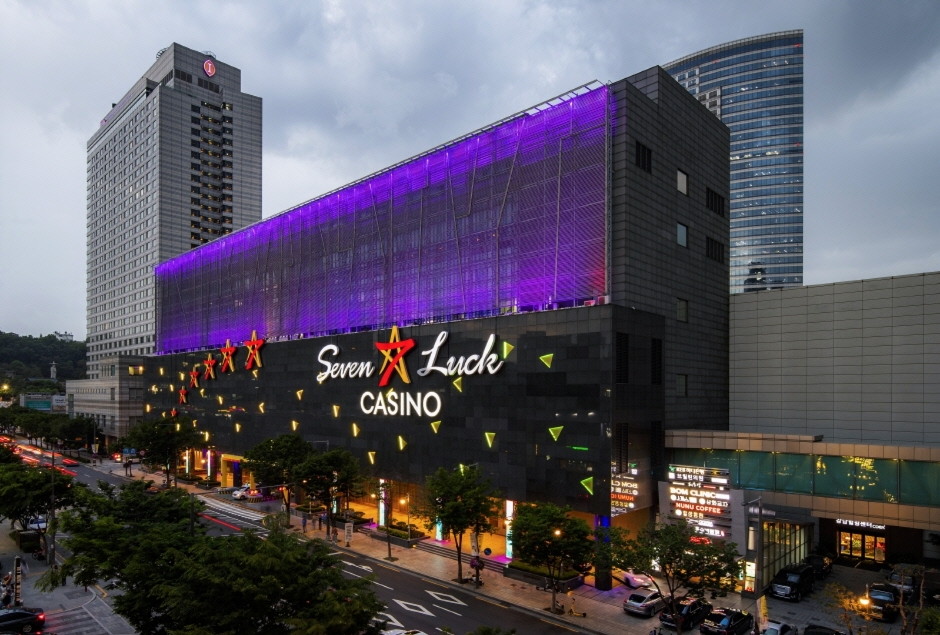
![Tumbas Reales Seooreung en Goyang (고양 서오릉) [Patrimonio Cultural de la Humanidad de la Unesco]](http://tong.visitkorea.or.kr/cms/resource/19/3527719_image2_1.jpg)
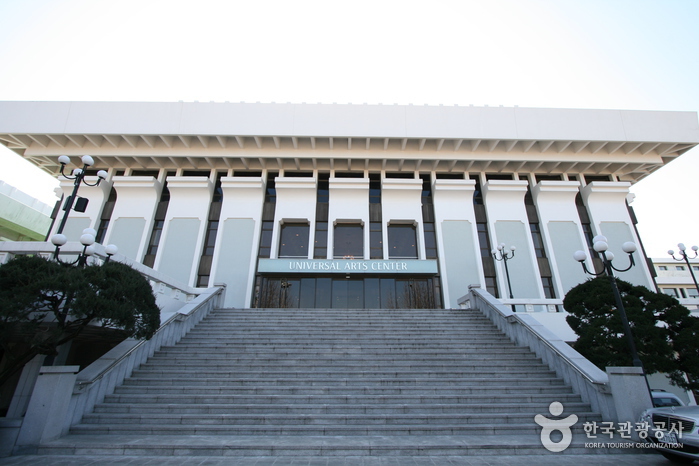
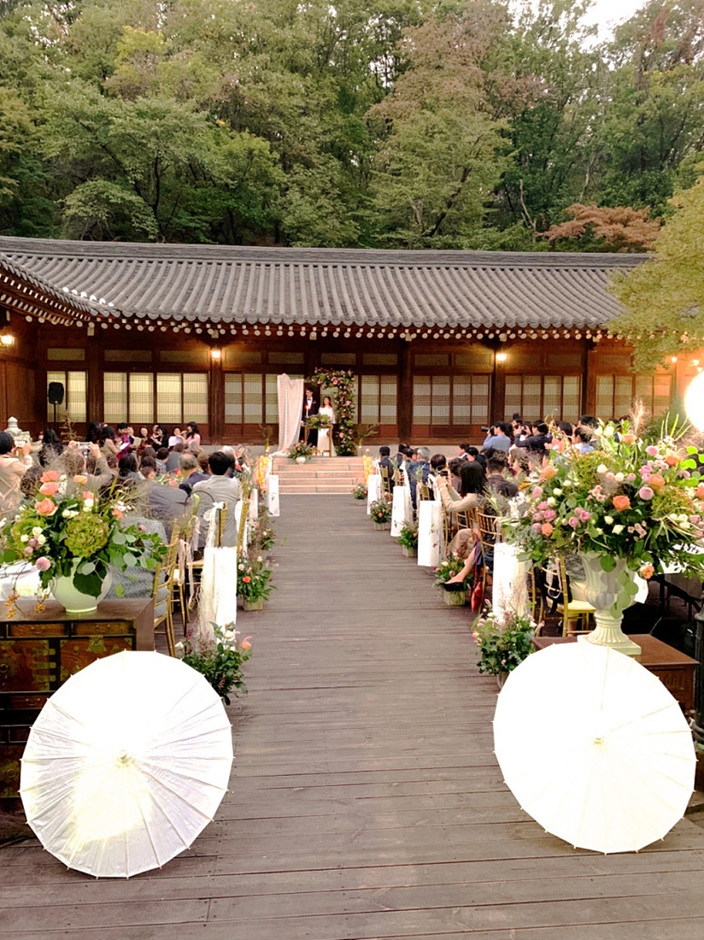
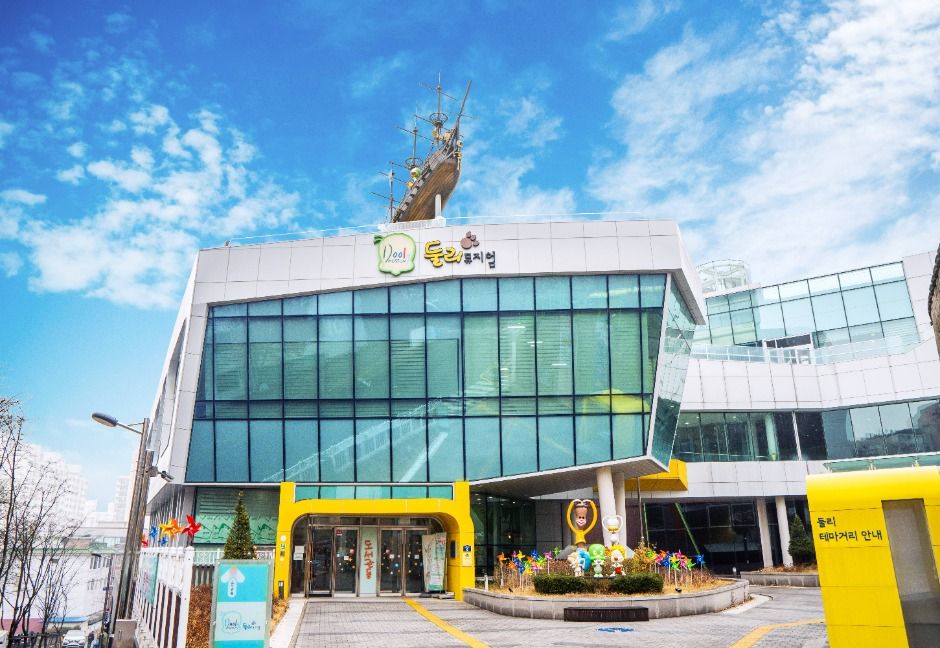
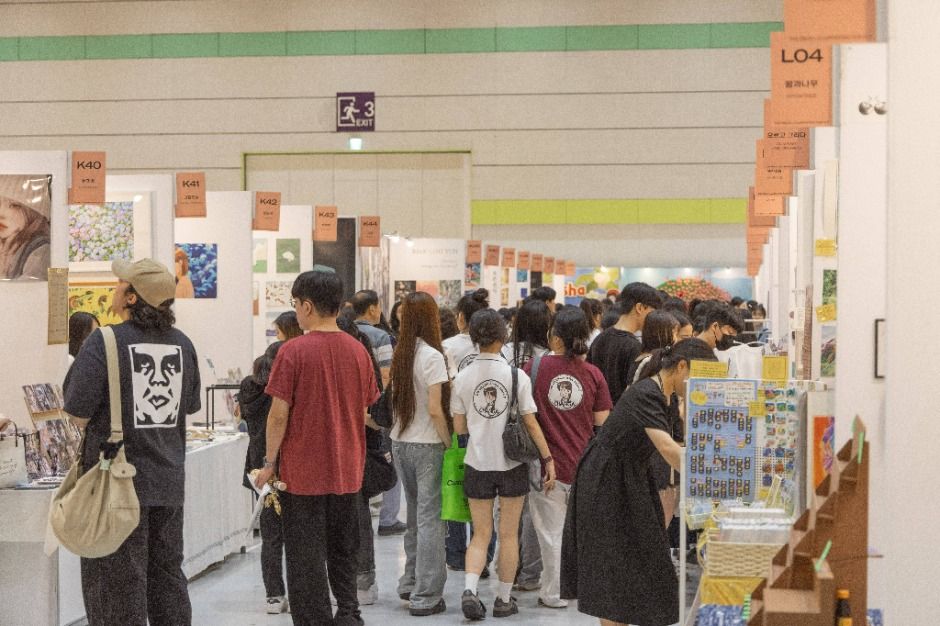
 Español
Español
 한국어
한국어 English
English 日本語
日本語 中文(简体)
中文(简体) Deutsch
Deutsch Français
Français Русский
Русский